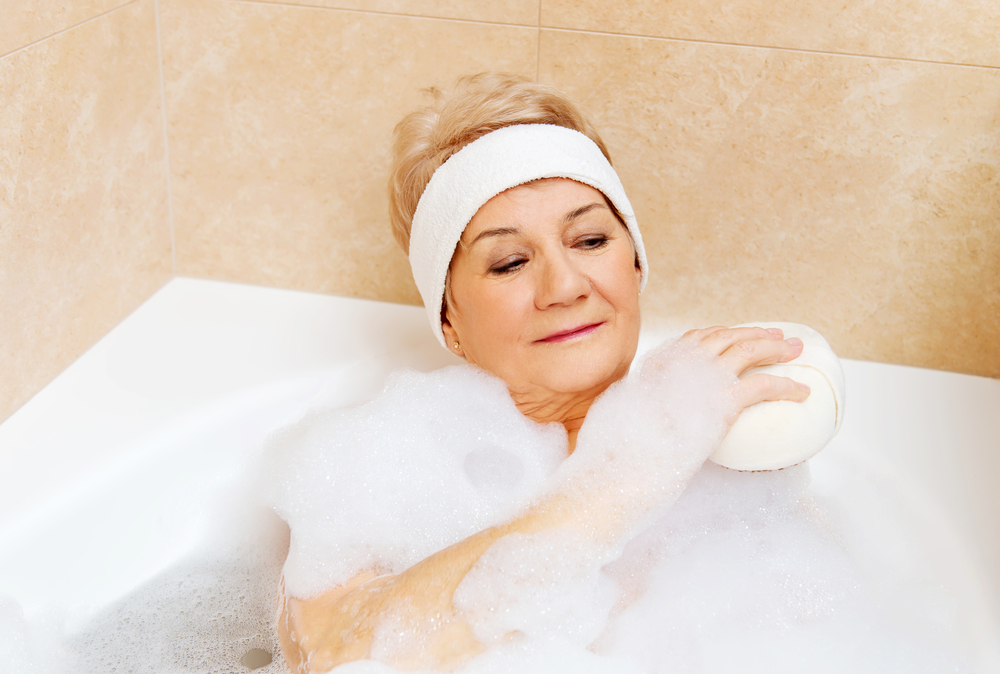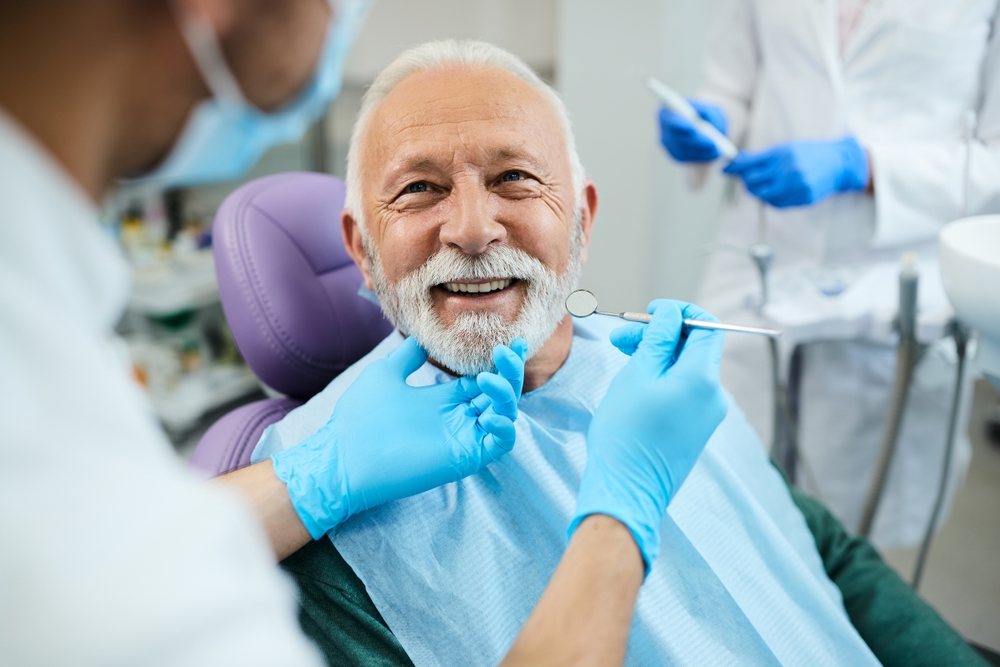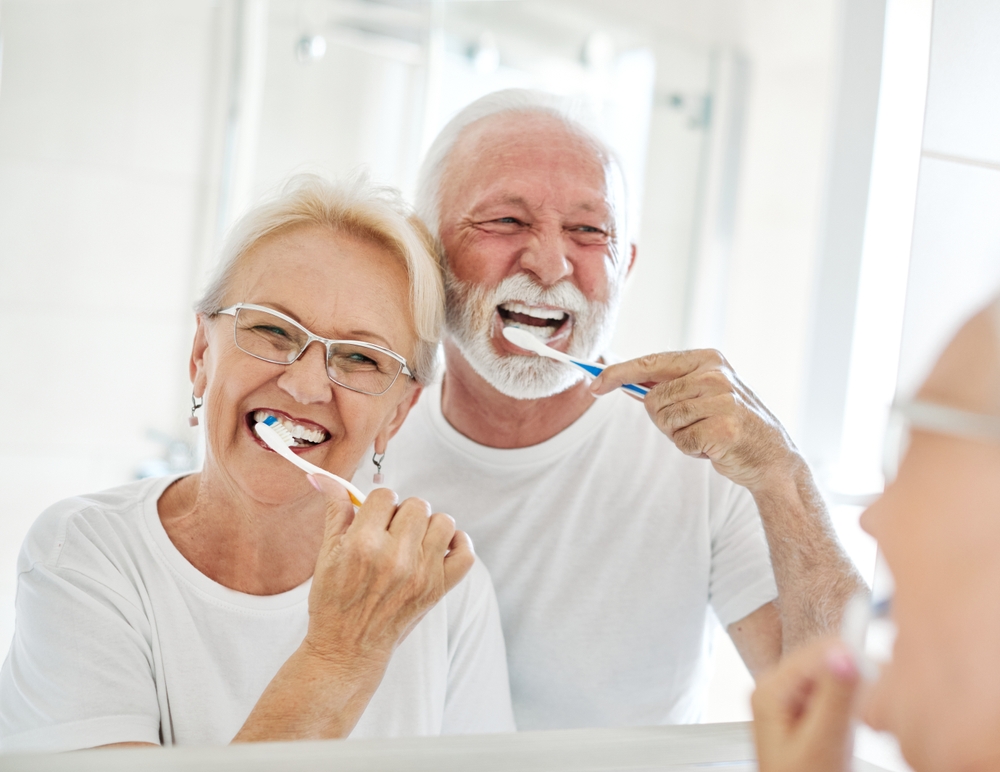How to Get an Elderly Person to Bathe
Category:

Bathing an older adult can come with its share of challenges, from convincing them to bathe to actually bathing them yourself. In this post, we’ll review how to wash an elderly person, how to bathe a bedridden person, and other questions related to a bed bath procedure for a Caregiver.
How Often Should an Elderly Person Bathe?
Bathing an elderly person or showering an elderly person should occur once or twice weekly to maintain personal hygiene. In between, a sponge bath for the elderly can be good for those areas that require extra attention. This is particularly important for seniors who use products to manage incontinence. The only exception to this is for older adults with dementia. Routine is important when there are cognitive issues at play and a regular shower or bath can provide a source of comfort. Now that we know more about how often an elderly person should bathe, let’s discuss how to get an older adult to bathe.
How to Get an Elderly Person to Bathe
Bathing the elderly can often take some convincing. You can try the following steps:
- Address depression. If depression is a factor, consult a doctor who may prescribe antidepressants to boost mood and promote daily activities like bathing.
- Enhance bathroom safety. Install aids such as grab bars or a shower chair to help alleviate seniors’ fear of slipping.
- Redefine “bathing.” Turn bath time into a “spa day” and use scented products to make the experience more pleasant.
- Break down the process. Simplify bathing for dementia patients by dividing the task into smaller steps and communicating gently.
- Link to special events. Motivate bathing by connecting it to an upcoming event, encouraging them to prepare.
- Use incentives. Offer rewards, like a favorite outing, as encouragement to bathe regularly.
- Bring in a professional. Hire a trained caregiver who can assist with bathing while ensuring the senior feels comfortable.
- Explore home care options. Consider a balance between full showers and sponge baths, with occasional assisted showers to maintain hygiene.
How to Bathe an Elderly Person
Baths for the elderly require a few steps. You should:
- Prepare your supplies. Make sure all essential items like towels, washcloths, soap, shampoo, and personal care products are easily accessible. Ensure the bathroom is warm and has a stable, non-slip surface. Consider using a shower chair or portable bathtub for added mobility assistance.
- Help with undressing. Assist them in removing clothing one piece at a time, being mindful of their modesty. If they cannot stand, have them sit on the edge of the tub or a shower chair while you assist.
- Guide them into the tub or shower. Provide support by holding their arm or using a transfer bench if the senior can step into the shower or tub. For those unable to stand, use a shower chair or portable bathtub to help them safely. Ensure they feel comfortable before proceeding.
- Clean and rinse. Gently clean their face, neck, and body with a washcloth, avoiding any sensitive areas or wounds. Use a separate cloth for their feet and between the toes. Rinse thoroughly using a cup or showerhead.
- Wash and condition their hair. Apply shampoo to their scalp and massage gently, taking care to keep soap out of their eyes. Rinse thoroughly with water and apply conditioner if desired. Use a cup or handheld showerhead for rinsing if they have trouble holding their head up.
- Dry off and get dressed. Use a towel to pat them dry, paying particular attention to areas prone to fungal infections, such as between the toes. Assist the senior in getting dressed one article at a time. If they cannot stand, help them dress while seated on a shower chair, toilet, or bed.
- Conclude with final tasks and clean-up. Dispose of used towels and washcloths, and put away any supplies. Assist with grooming tasks like brushing their teeth or combing their hair. Ensure the senior is comfortable and warm before leaving the bathroom.
Download Our FREE Path to Care Guide
How to Bathe a Bedridden Patient
Bathing bedridden patients takes a few extra points of consideration. After gathering all of the necessary supplies and ensuring the patient is comfortable, you should do the following.
- Maintain privacy and warmth. Uncover only the area you are washing to keep the patient warm and maintain their privacy.
- Wash in sequence. Start with the face while the patient is lying on their back, gradually working down to the feet. Then, roll the patient to one side to wash their back.
- Use soap and water carefully. Wet the skin with a sponge, apply a small amount of soap, and check with the patient to ensure comfort with the water temperature and pressure.
- Rinse and dry thoroughly. Make sure all soap is rinsed off, and pat the area dry, paying special attention to skin folds and creases. Apply lotion before covering.
- Wash private areas. Bring fresh, warm water and a clean washcloth to wash the genitals and buttocks, moving from front to back.
Use no-rinse cloths (if applicable). Let the skin air dry and avoid applying lotion if using no-rinse cloths. Use a fresh cloth for each area: face, neck to chest, armpit to hand, stomach to private areas, each leg to foot, neck to back, and finally the buttocks. Avoid using chlorhexidine cloths on the face.
To learn about our home care services, contact our caregiving team today at 1-800-GRISWOLD or find a Caregiver near you.
Subscribe
Date: 2024-10-24
Category:


